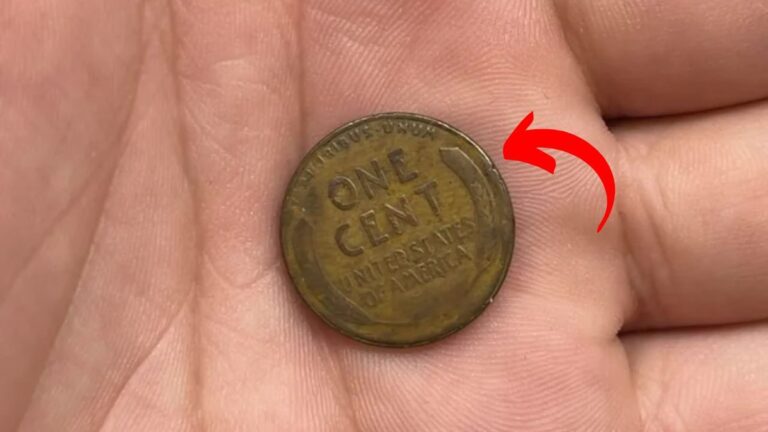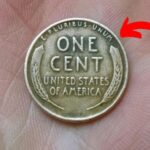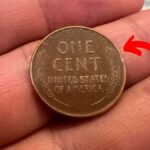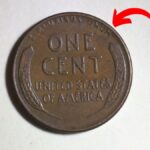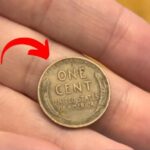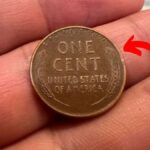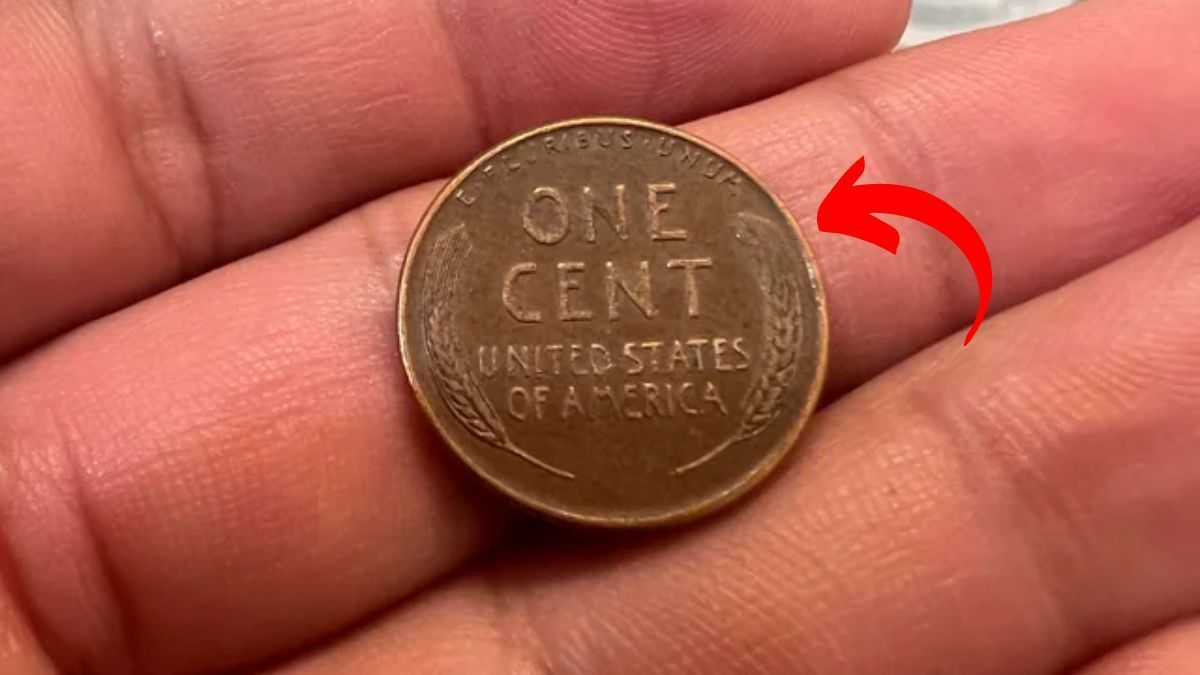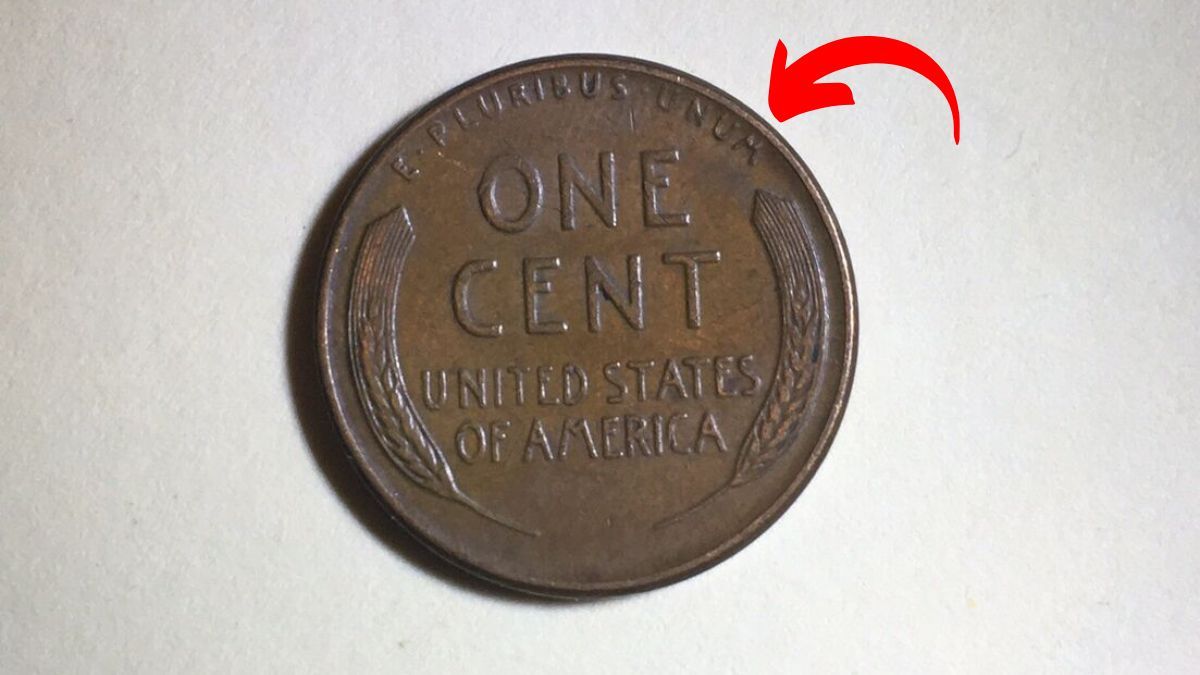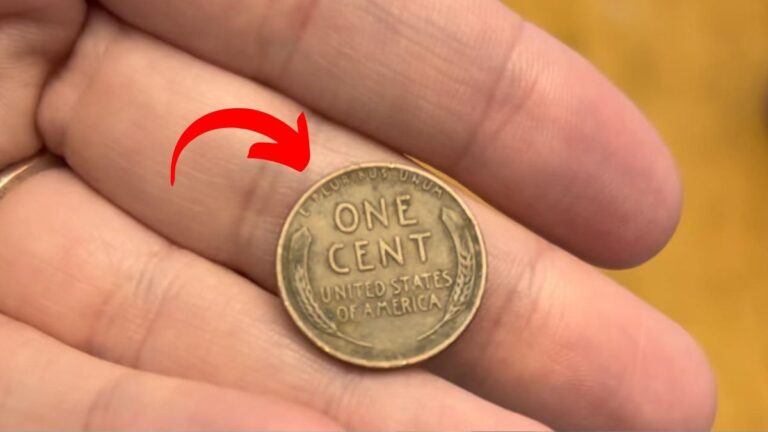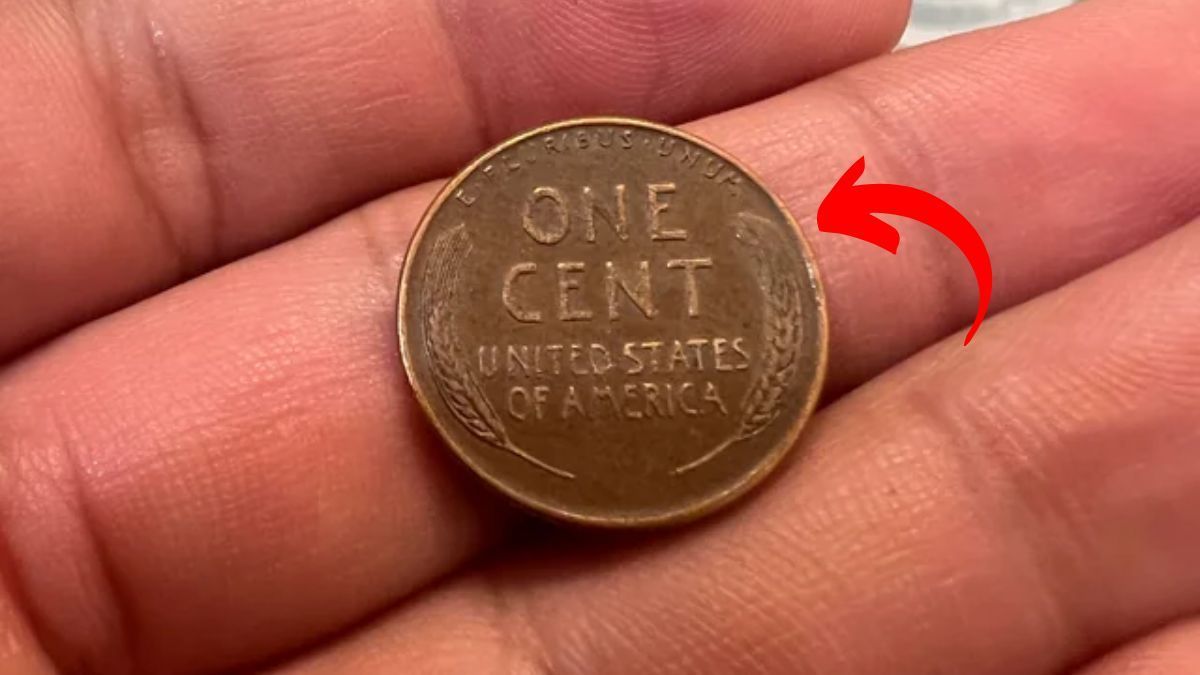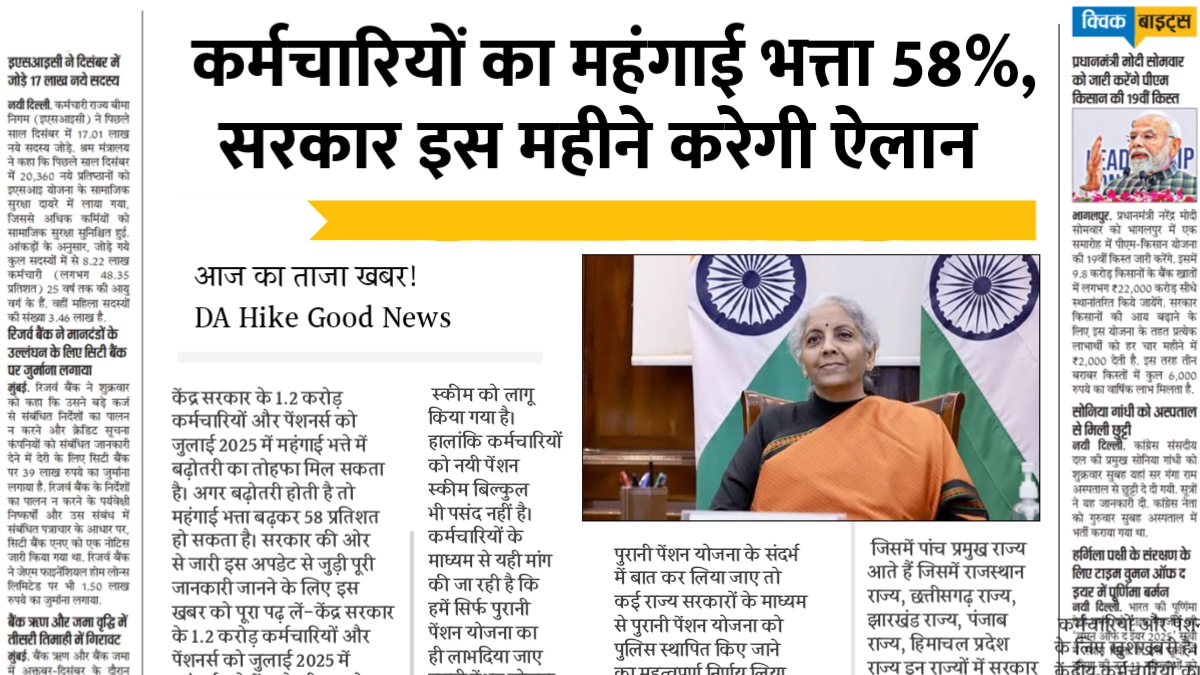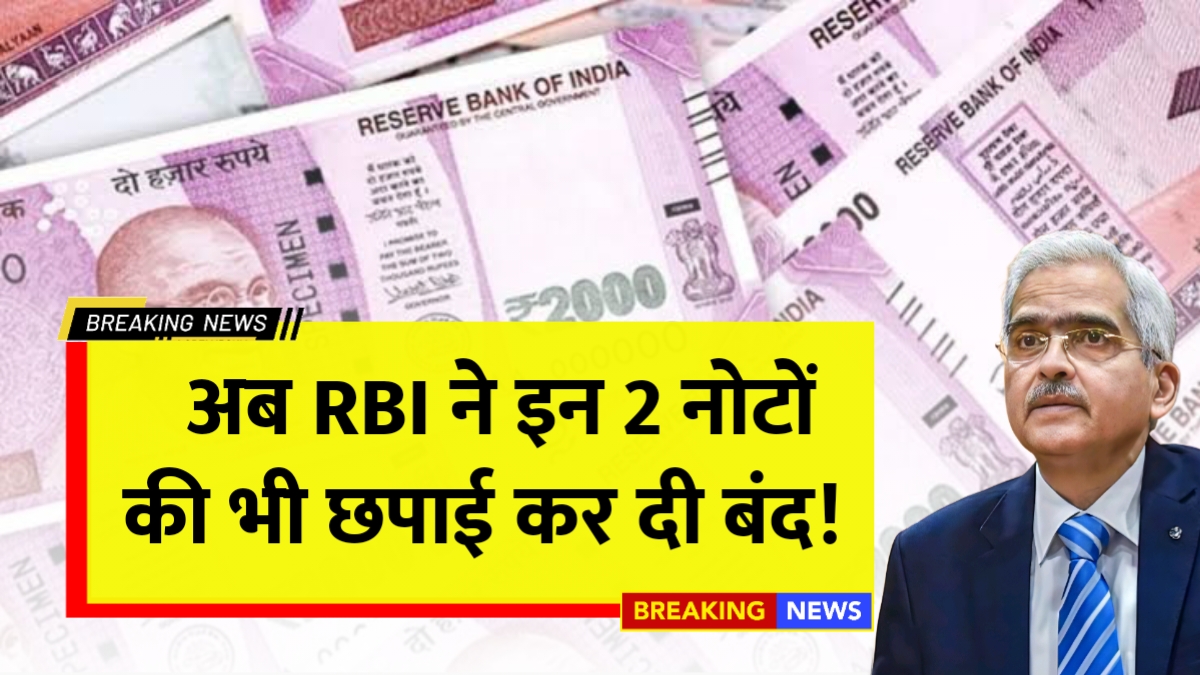Lincoln Wheat Penny Valued at $170K: Most people walk past pennies on the street without giving them a second thought. After all, what could a single cent possibly be worth in today’s world? However, hidden among the billions of pennies still circulating in the United States lies a treasure that could change your life forever. One particular Lincoln Wheat Penny is worth an astounding $170,000, and it might be sitting in your pocket right now. This extraordinary coin represents one of the most valuable finds in modern American coin collecting, proving that sometimes the smallest things can hold the greatest value.
The story behind this remarkable penny combines history, human error, and incredible rarity into one fascinating tale. During World War II, a simple mistake at the Denver Mint created what would become one of the most sought-after coins in American numismatic history. What makes this discovery even more exciting is that experts believe some of these valuable pennies are still out there, waiting to be discovered by someone lucky enough to know what to look for.
The Birth of America’s Most Famous Penny
The Lincoln Wheat Penny first appeared in 1909 to celebrate the 100th anniversary of Abraham Lincoln’s birth. This coin marked a significant moment in American currency history as it became the first U.S. coin to feature a real person rather than symbolic figures. The reverse side displayed two wheat stalks, which gave the coin its popular nickname and made it instantly recognizable to collectors and everyday Americans alike. These pennies were produced from 1909 until 1958, creating nearly five decades of collectible coins.
Most Lincoln Wheat Pennies remain worth only their face value of one cent, but certain rare versions have become incredibly valuable due to minting errors or unusual circumstances during production. The combination of historical significance and rarity has made these coins highly prized among collectors. Understanding the background of these pennies helps explain why certain versions can command prices that seem impossible for such a small piece of metal.
The $170,000 Mistake That Changed Everything
During World War II, the United States faced critical shortages of copper, which was desperately needed for military equipment and ammunition. To help the war effort, the U.S. Mint made the decision to change the composition of pennies from bronze to zinc-coated steel starting in 1943. This change was supposed to apply to all pennies produced that year, but human error created an extraordinary exception. At the Denver Mint, some bronze planchets from the previous year were accidentally left in the presses when production began.
This mistake resulted in a small number of 1943 pennies being struck in bronze instead of steel, creating what numismatists call the 1943-D Bronze Lincoln Wheat Penny. The “D” indicates that these coins were minted in Denver, making them distinct from similar errors that occurred at other mint locations. These bronze pennies weigh approximately 3.11 grams compared to the 2.7 grams of their steel counterparts, and they display the characteristic reddish-brown copper color instead of the dull gray of steel.
How to Identify This Valuable Treasure
Recognizing a $170,000 penny requires knowing exactly what to look for, as these coins can easily be mistaken for common pennies. The most important feature is the date 1943 combined with a small “D” mint mark located beneath the date. The color provides another crucial clue, as bronze pennies maintain their copper tone while steel pennies appear gray and metallic. Weight difference offers another method of identification, though this requires a precise scale to detect the difference.
The magnetic test provides the most reliable field identification method for anyone without specialized equipment. Steel pennies are strongly attracted to magnets, while bronze pennies show no magnetic attraction whatsoever. This simple test can immediately eliminate most candidates and help focus attention on potentially valuable finds. However, anyone who suspects they have found such a coin should avoid cleaning it, as any attempt to improve its appearance will destroy its numismatic value.
Other Valuable Lincoln Pennies Still in Circulation
While the 1943-D bronze penny represents the ultimate find, several other Lincoln Wheat Pennies command impressive prices and occasionally surface in everyday circulation. The 1943-S bronze penny, struck at the San Francisco Mint, can be worth up to $63,000. Similarly, the 1943 bronze penny without a mint mark, produced in Philadelphia, has sold for as much as $55,000. These coins represent the same type of error that occurred at different mint facilities.
The 1944 steel penny presents an interesting reverse situation, where steel planchets were accidentally used after the mint had returned to bronze production. These coins can be worth up to $60,000 depending on their condition and authenticity. The 1955 doubled die penny shows dramatic doubling in the date and text, making it easily identifiable and worth between $1,500 and $10,000. Other valuable varieties include the 1909-S VDB penny, the 1922 No D penny, and the 1914-D penny, each commanding hundreds to thousands of dollars in good condition.
Why These Valuable Coins Remain in Circulation
The continued circulation of such valuable pennies might seem surprising, but several factors explain their persistence in everyday commerce. Many people simply do not know what to look for when examining their change, allowing these treasures to pass unnoticed through countless transactions. These pennies often hide in old collections, piggy banks, and coin jars where they wait for someone knowledgeable enough to recognize their value.
Additionally, the bronze 1943 pennies look remarkably similar to common pennies from other years, making them easy to overlook even for people who consider themselves observant. Bank coin rolls, estate sales, and inherited collections represent common sources where these valuable coins continue to surface. The key lies in developing the knowledge and habits necessary to spot these rare finds before they disappear back into circulation.
Steps to Take When You Find a Valuable Penny
Anyone who believes they have discovered one of these valuable pennies should take immediate steps to protect and authenticate their find. Proper handling becomes crucial, as fingerprints and scratches can significantly reduce a coin’s value. Using gloves or handling the coin by its edges helps preserve its condition. Professional authentication through certified grading services like PCGS or NGC provides the documentation necessary to establish authenticity and condition.
Consulting with licensed coin dealers or auction houses helps determine the best approach for selling such a valuable find. These professionals understand the market and can guide owners through the process of maximizing their coin’s value while ensuring they avoid common pitfalls that can cost thousands of dollars.
The dream of finding a $170,000 penny in your pocket change represents more than just wishful thinking. These coins exist, and they continue to surface in the most ordinary places throughout the United States, waiting for someone with the knowledge and persistence to recognize their extraordinary value.
Disclaimer
Coin values mentioned in this article are based on historical sales data and current market conditions. Actual values may vary depending on coin condition, market demand, and authentication results. Always consult certified numismatic professionals before buying or selling rare coins. Investment in rare coins carries risks, and thorough research is recommended before making any financial decisions.
